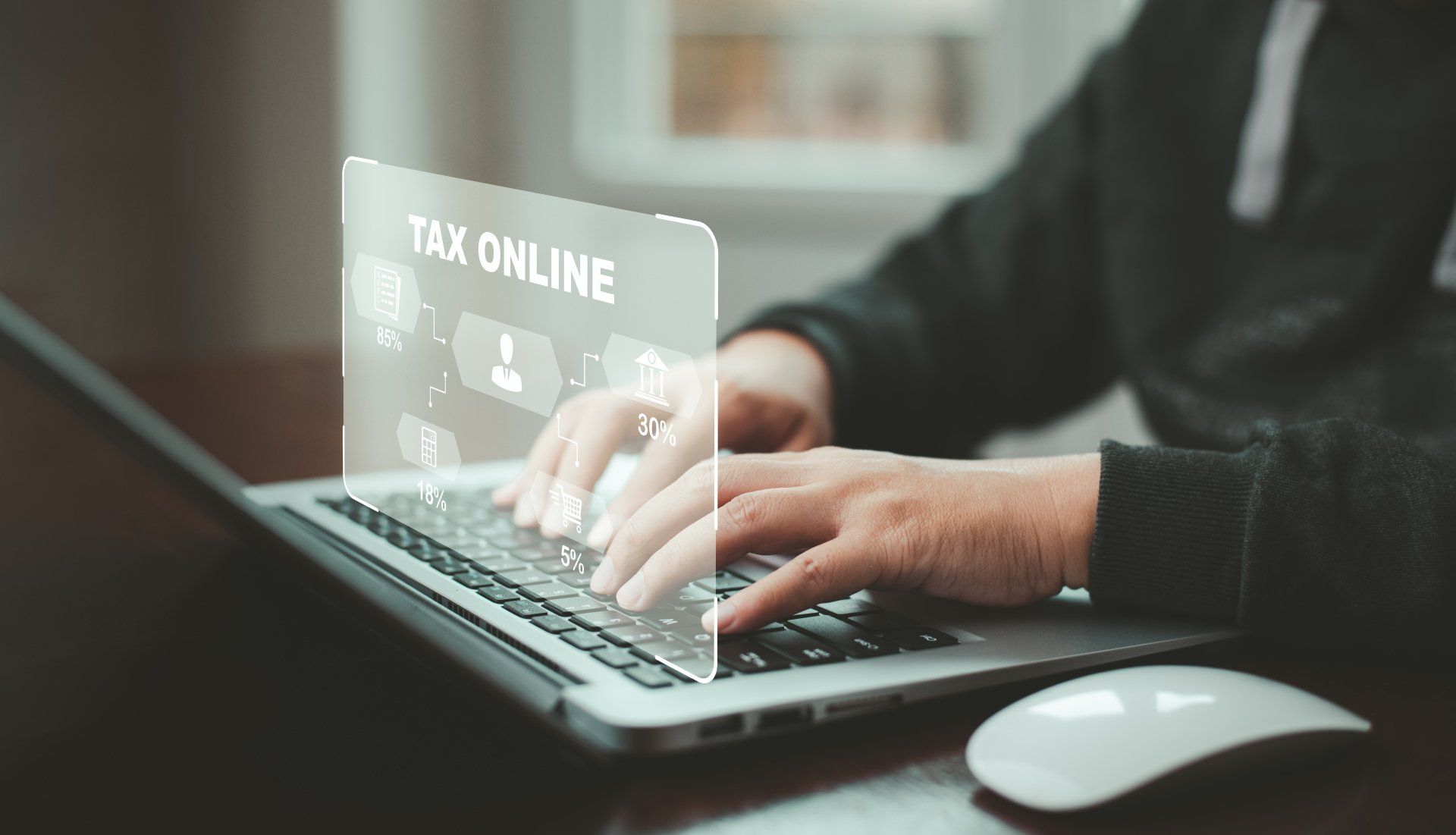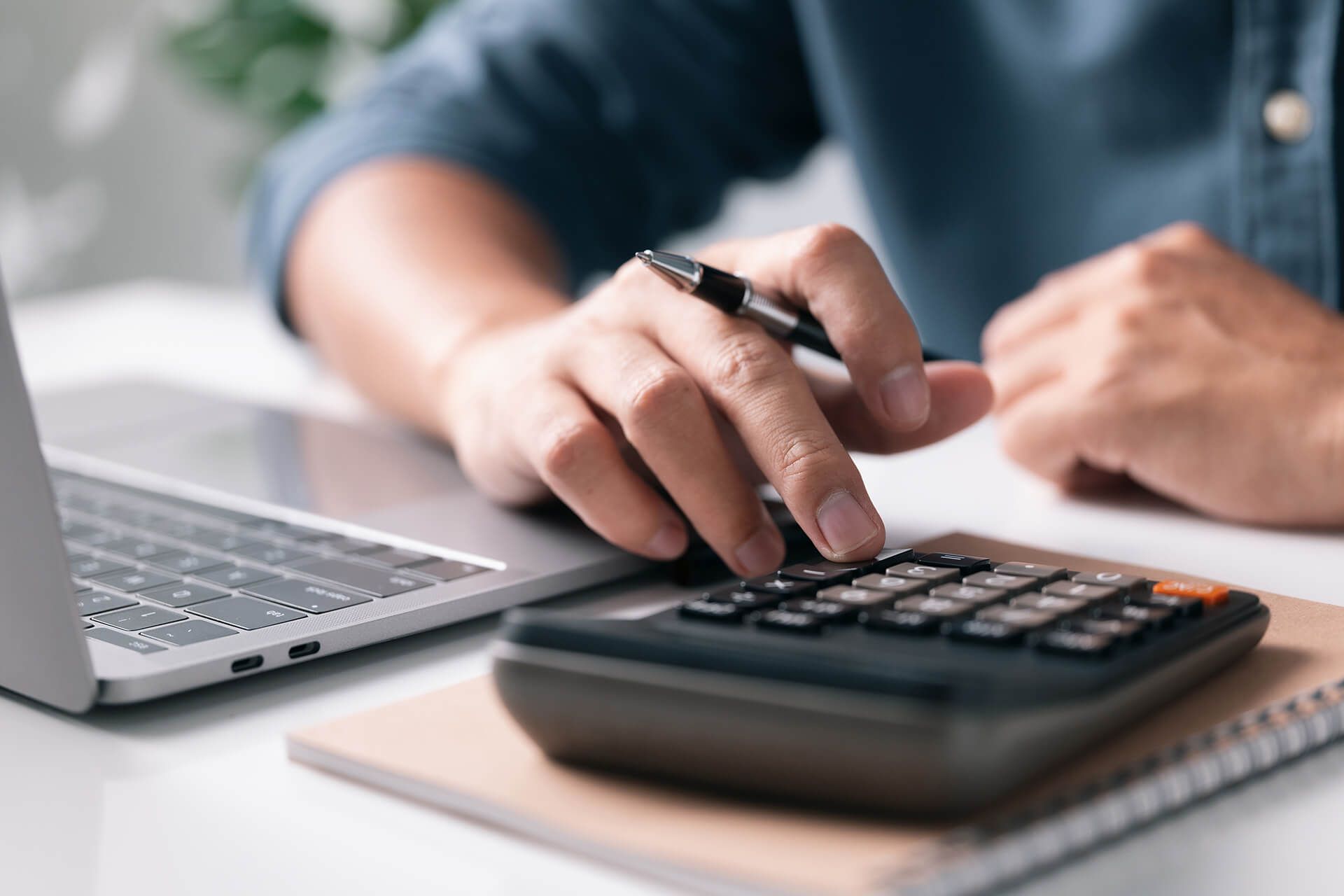A beginner's guide to self-assessment tax returns for UK freelancers
As a freelancer in the UK, it's important to understand your tax obligations and how to properly file your self-assessment tax returns.
Failure to do so can result in penalties and fines, and it's essential to get it right to avoid any issues with HMRC (Her Majesty's Revenue and Customs). In this guide, we'll cover the basics of self-assessment tax returns for UK freelancers and provide some tips and resources to help you navigate the process.
First, let's define what a self-assessment tax return is. Essentially, it's a form that you need to fill out and submit to HMRC annually if you're self-employed or if you have other sources of income besides your salary (e.g. rental income, dividends, etc.). The form requires you to declare your income and any expenses you incurred while earning that income, and it's used to calculate how much tax you owe. It's important to note that self-assessment tax returns are separate from the tax that is automatically deducted from your salary (also known as PAYE, or Pay As You Earn).
So, who needs to file a self-assessment tax return? If you're self-employed and your annual business profits are over £1,000, you'll need to file a self-assessment tax return. Additionally, if you receive any other income that isn't taxed at source (e.g. rental income, dividends, etc.), you'll need to file a self-assessment tax return. It's also important to note that if you're a company director or a member of a partnership, you'll need to file a self-assessment tax return even if your business profits are under £1,000.
Now that we've established who needs to file a self-assessment tax return, let's talk about the process. The first step is to register for self-assessment with HMRC, which you can do online or by phone. Once you're registered, you'll receive a Unique Taxpayer Reference (UTR) number, which you'll need to use when filing your self-assessment tax return.
The next step is to gather all of the necessary information and documentation. This includes your business income and expenses, as well as any other sources of income (e.g. rental income, dividends, etc.). It's important to keep accurate records of your income and expenses throughout the year, as this will make the process of completing your self-assessment tax return much easier. If you're unsure of what counts as a business expense, you can refer to HMRC's guidelines or consult with an accountant.
Once you have all of your information and documentation gathered, it's time to complete the self-assessment tax return form. The form can be found on the HMRC website and can be completed online or printed and completed by hand. It's important to be thorough and accurate when completing the form, as any mistakes could result in penalties and fines.
Once you've completed the form, it's time to submit it to HMRC. You can do this online or by post, but it's important to note that the deadline for submitting your self-assessment tax return is 31st January following the tax year (e.g. if you're filing a self-assessment tax return for the tax year 2021/2022, the deadline is 31st January 2023). If you miss the deadline, you'll be hit with a fine, so it's important to make sure you submit your self-assessment tax return on time.
Now that you've submitted your self-assessment tax return, what's next? If you owe tax, you'll need to pay




